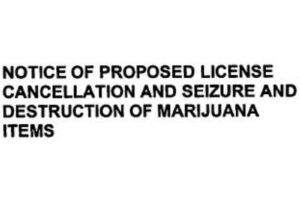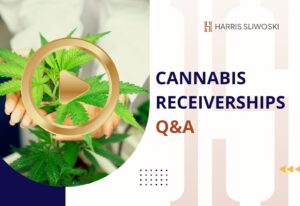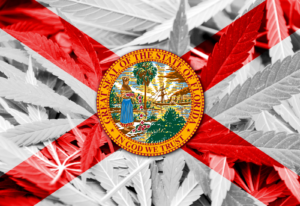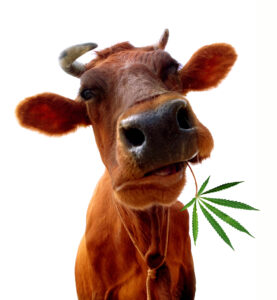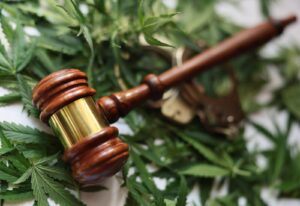MAG Hemp Regulations
In October, Ecuador’s agriculture ministry (MAG) released hemp regulations, in the form of Acuerdo Ministerial No. 109 (English). This follows the National Assembly’s 2019 decriminalization of cannabis with a THC content of less than 1.0% THC (which entered into forced on June 21, 2020).
The regulations distinguish between industrial hemp (cáñamo para uso industrial) and hemp (cáñamo), also referred to as non-psychoactive cannabis (cannabis no psicoactivo). Both are legal, but their regulation is slightly different. Frankly, the regulations could be a little clearer when it comes to defining both categories. In essence, however, industrial hemp is that used for activities such as fiber production, while “plain” hemp is used to make consumer products.
Under the regulations, MAG is tasked with the licensure of entities that wish to participate in the hemp industry. These entities must be either incorporated or domiciled in Ecuador.
Seven types of licenses
MAG will issue seven types of licenses:
- License 1: importation and commercialization of hemp seeds and cuttings (including seeds for industrial use)
- License 2: sowing and production of hemp seeds and cuttings (including seeds for industrial use)
- License 3: hemp cultivation
- License 4: industrial hemp cultivation
- License 5: hemp processing and production of hemp derivatives
- License 6: plant breeding and/or germplasm banks, and research
- License 7: acquisition of derivatives and/or biomass or hemp flower (including biomass for industrial use) for export
The most permissive of these is License 3, which allows holders to also engage in the activities permitted by License 1 and License 2. In addition, License 3 holders can acquire hemp biomass or flower from other License 3 holders, as well as export these products. However, they cannot sell hemp derivatives for human or animal consumption, unless they concurrently hold License 5; this license is also required to import biomass or derivatives. Imported derivatives must comply with the same requirements as derivatives produced in Ecuador, including labeling requirements contained in Article 15 of the regulations. The regulations prioritize domestic production by authorizing imports only if domestic production falls short. However, it is expected domestic production will be insufficient, presenting an opportunity for foreign producers.
It must be noted the regulations distinguish between derivatives and finished products. Derivatives are defined as “oils, resins, tinctures, crude extracts … used or intended to be used as raw material for the production” of finished products.” In turn, finished product is defined as “a product obtained from hemp derivatives, for human or animal use, and which is duly approved for use under Ecuadorian law.” Such products include “processed foods, dried flower, beverages, food additives, food supplements, cosmetics, homeopathic products, medicines, medical devices, processed natural products for medicinal use, and veterinary products.”
The regulations make clear that finished products are outside MAG’s purview. Stated differently, none of the licenses described above will allow the importation of ready-to-use hemp products. Additional regulatory approval must be obtained.
Finally, the regulations provide for limitations in the number of licenses issued, as well as the quantity of hemp that is allowed to be cultivated. With this in mind, interested parties should move promptly to obtain their licenses. This is particularly the case for foreign companies that first need to establish a branch in Ecuador, in order to avail themselves of the opportunities created by the new legal framework.
We would like to thank Quito law firm Bustamante & Bustamante for providing us with an English version of the regulations.
















